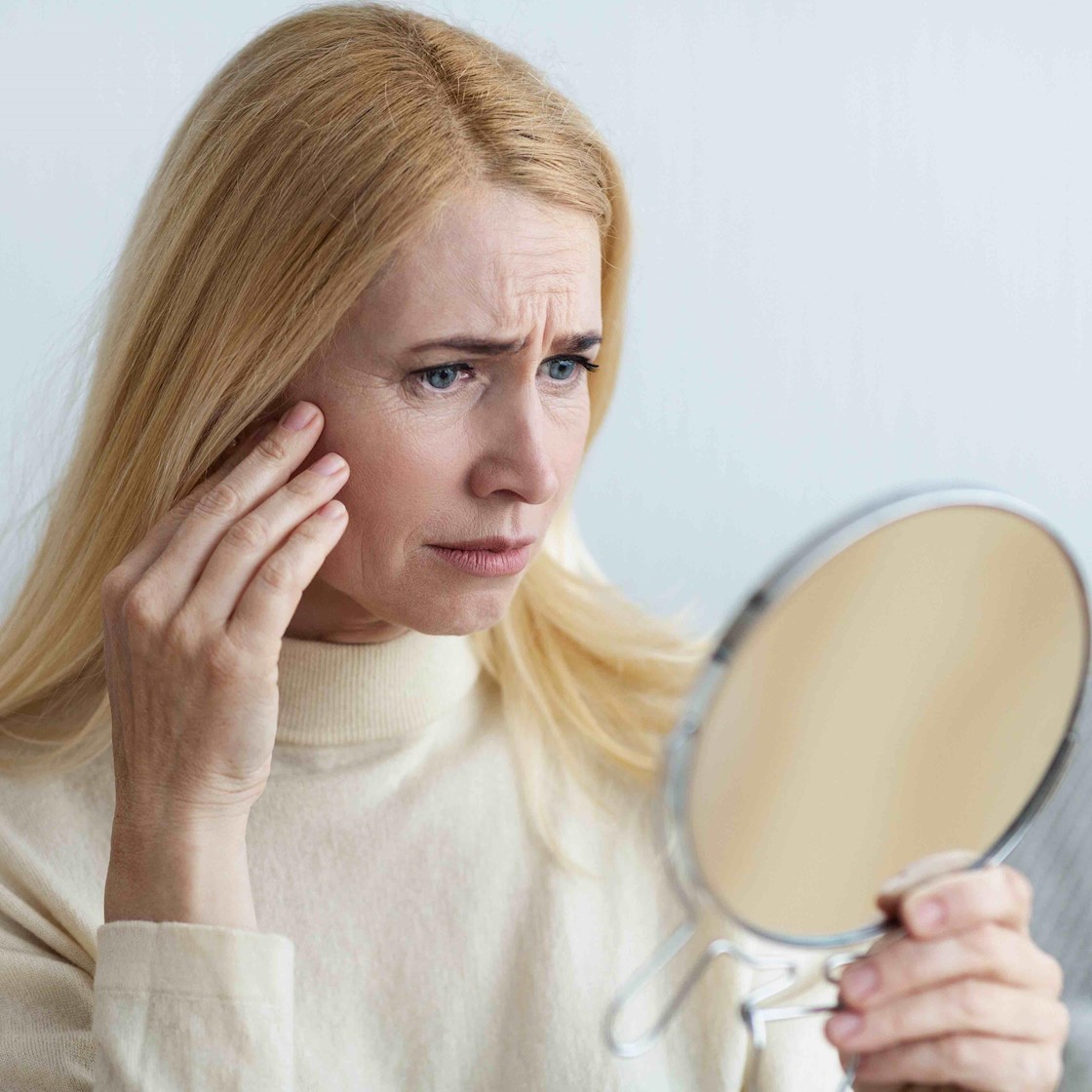Anti-ageing market set to soar over next decade

The global anti-ageing market is predicted to surpass $421.4bn (£328.43bn) revenue by 2030, a compound annual growth rate (CAGR) of 8.1%. That's according to a report by P&S Intelligence.
In 2019, the anti-wrinkle category generated the highest revenue for the market, with dermal fillers being projected to exhibit faster growth than botulinum toxin during the forecast period.
Hair restoration treatments are also projected to retain their market dominance during the forecast period with the increasing number of hair transplant surgeries and growing geriatric population across the globe being the key driving factors.
Generation X is projected to advance with the fastest pace in the anti-ageing market in terms of demography. Furthermore, the category is expected to remain the largest consumer of anti-agieng products, followed by baby boomers, in terms of revenue contribution. This is because generation X is said to be more conscious about aesthetic appearance and therefore more likely to opt for solutions that reduce the signs of ageing.
North America is the highest revenue contributor to the market, due to its rising plastic surgery volume, booming geriatric population, and increasing popularity of non-surgical cosmetic procedures and sales of at-home anti-aging products. Asia-Pacific (APAC) would witness the fastest industry advance in the next decade, owing to the rising number of elderly people, cosmetic surgeries, and conferences and seminars, which are helping raise awareness about the various products and treatments available.
Among the most significant players in the global anti-ageing market, according to the report, were Allergan, Candela Corporation, Hologic, Lumenis and Alma Lasers.


